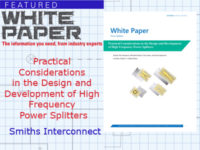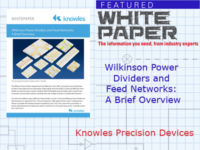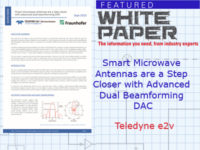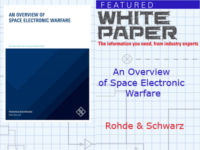Require Registration
Standardizing Space Ovenized Crystal Oscillators for Lower Cost and Faster Delivery
September 14, 2023
Over-the-Air Pattern Measurements for a 32-Element Hybrid Beamforming Phased Array
September 14, 2023
Practical Considerations in the Design and Development of High Frequency Power Splitters
September 14, 2023
Emerging Radar and Electronic Warfare (EW) Challenges: Developing Test Strategies
September 14, 2023
Transient EM/Circuit Co-Simulation in XFdtd®: A Closer Look at TVS Diodes for ESD Protection
August 14, 2023










